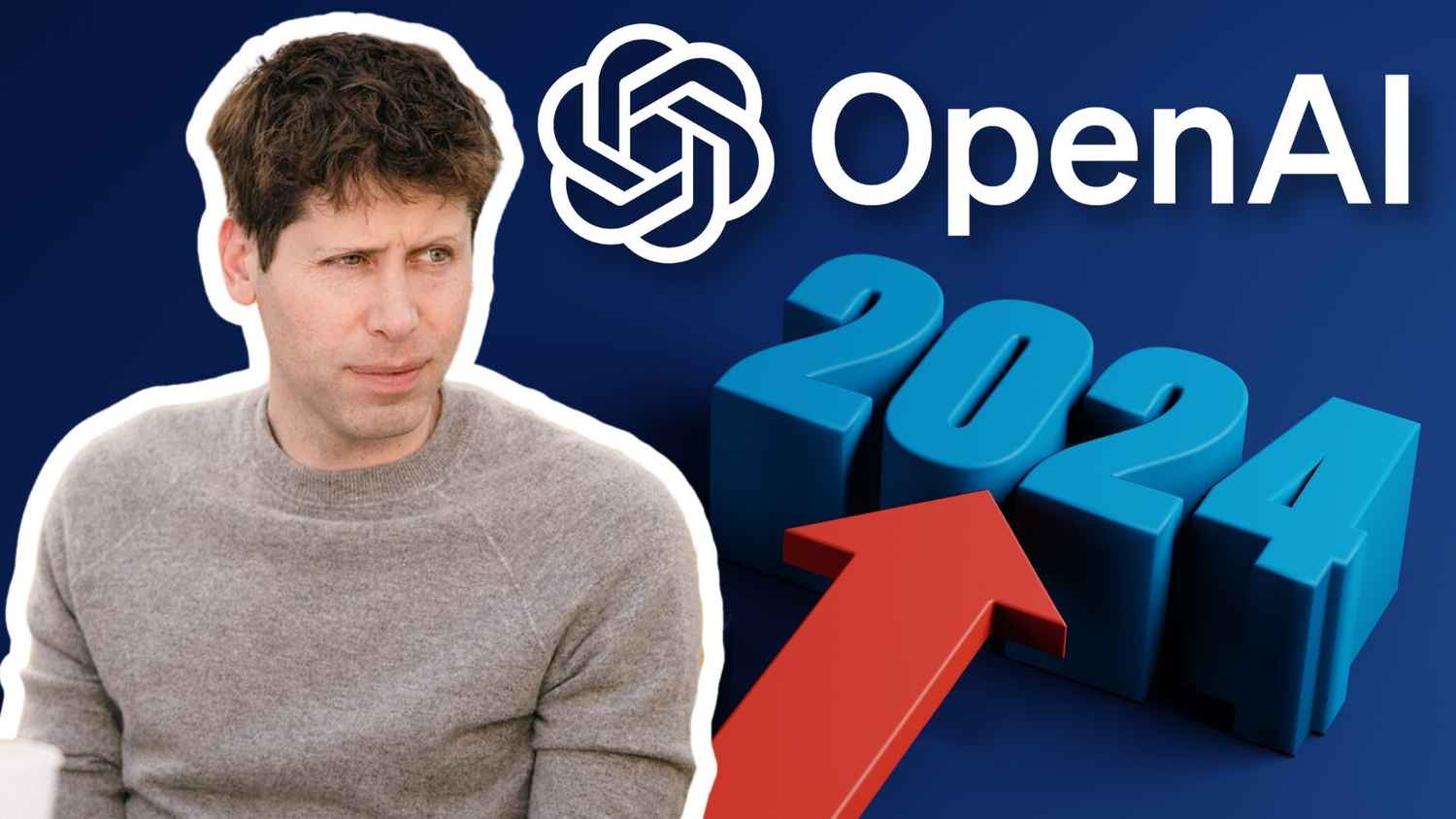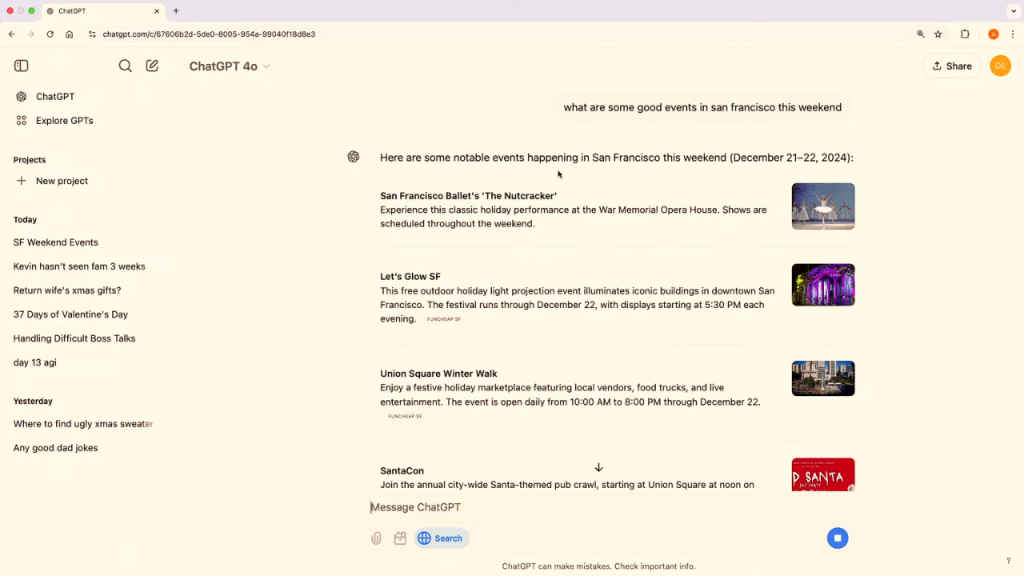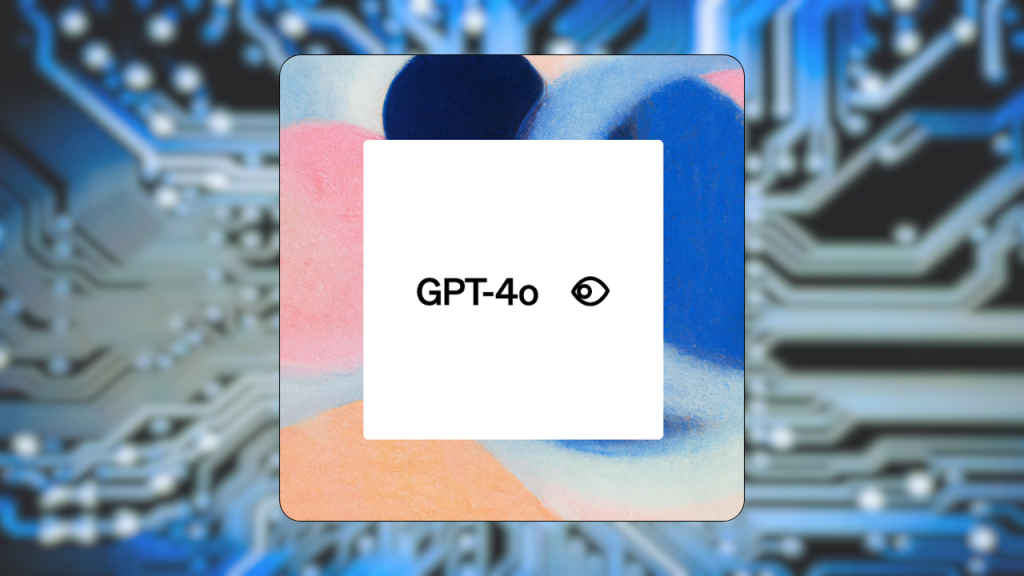OpenAI in 2024: ChatGPT Search, Sora AI video, and all the big wins

To say 2024 has been a busy year for OpenAI, which is a company at the forefront of redefining artificial intelligence’s role in everyday life, would be an understatement. With a series of groundbreaking launches and strategic pivots, OpenAI has expanded its influence far beyond text-based interactions. From real-time web integration to creative video generation and advanced voice technology, this year has showcased the company’s vision for a future where AI doesn’t just complement human capabilities – it amplifies them.
 Survey
SurveyHowever, alongside the applause for their innovations, OpenAI has faced mounting challenges, from ethical debates to fierce competition and concerns about the societal impact of its tools. As we unpack this year’s milestones, it’s clear that OpenAI isn’t just evolving its technology – it’s reshaping the expectations and limitations of artificial intelligence itself. Here’s a closer look at how 2024 became a defining chapter in OpenAI’s journey.
AI that knows what’s happening right now
This year, OpenAI finally addressed a major limitation of chatbots – staying up to date. ChatGPT Search, launched in late October, gives users real-time access to information from the web. Whether you’re checking out live news, researching niche topics, or hunting for the latest memes, this tool brings Google-like power into ChatGPT’s conversational flow.

The coolest part? ChatGPT knows when to search the web, so you don’t have to spell it out. It processes your query, fetches the relevant info, and serves it up with source links – all in one seamless interaction. This makes it perfect for anyone who hates jumping between tabs to double-check what their AI assistant just said. That said, it’s not without controversy. Critics have raised concerns about potential biases in how it chooses sources or prioritises information. OpenAI insists they’re working on making the process as transparent and fair as possible, but it’s a challenge that won’t go away anytime soon.
Turning words into videos
OpenAI didn’t stop at chat this year. They also introduced Sora AI, their new video generation model. Imagine typing out a concept like “a futuristic city with floating cars at sunset” and having a fully rendered video pop out. That’s the kind of magic Sora brings to the table.

Unlike earlier AI video tools that felt like glorified GIF-makers, Sora focuses on high-quality, story-driven outputs. Creators can use it to generate explainer videos, marketers can craft eye-catching ads, and educators can whip up visuals to explain tough concepts – all without a production team. But it’s not all sunshine and rainbows. As with any generative AI, there’s the potential for misuse, like creating misleading or inappropriate content. OpenAI has implemented strict safety filters, but as the tech grows more advanced, staying one step ahead of bad actors will be a constant battle.
Also Read: OpenAI releases Sora – All you need to know about this latest video generation AI model
A smoother, smarter chatbot
Back in June, OpenAI rolled out Strawberry o1, an updated version of their flagship conversational AI. It’s faster, smarter, and way harder to trip up compared to its predecessors. Here’s what makes Strawberry o1 stand out:
- Better Security: This version is tougher to manipulate with sneaky prompts, closing a major loophole from older models.
- Deeper Context Understanding: It handles multi-step, complex questions like a pro, making it a go-to for serious discussions and research.
- Speed Boost: Conversations feel snappier, even when diving into heavy topics.
- Voice-Ready: Strawberry o1 works seamlessly with voice inputs, adding a natural feel to interactions.

The model reflects OpenAI’s shift toward not just creating smart tools, but making them more reliable and user-friendly.
Also Read: Open AI Strawberry o1: 5 ways it’s better than ChatGPT 4o
Talking to AI like it’s a friend
Speaking of voice, OpenAI also experimented with Advanced Voice Mode (AVM) this year. This limited-release feature lets you talk to ChatGPT in a more conversational way, with the AI responding in an eerily human-like tone.
It’s a huge step forward for accessibility and ease of use, especially for people who find typing cumbersome. Imagine using it while cooking to get recipe tips or while troubleshooting tech issues hands-free. The catch? It’s not perfect yet. AVM struggles to pick up on sarcasm, tone, or emotional nuance, which can lead to awkward moments. Still, it’s a glimpse into how AI could feel even more human in the near future.
OpenAI’s big business moves and GPT-5
2024 wasn’t just about tech – it was also a year of big-picture planning for OpenAI:
- Restructuring: To keep growing, OpenAI reorganised its business into a public benefit corporation, balancing profit-making with its mission of AI for humanity. This gives them room to raise funds while staying true to their ethical goals.
- Strategic Partnerships: A notable partnership with Apple brought OpenAI’s conversational models deeper into the Apple ecosystem. It’s a bold move that could make AI tools as essential on your iPhone as Siri.
These moves highlight OpenAI’s focus on scaling responsibly while staying competitive in a crowded AI market.
And, if you were waiting for GPT-5 this year, you’ll need to hang tight. OpenAI has been working on the next-gen model, codenamed Orion, but it’s hit some snags. Training these massive models requires insane amounts of data, money, and computing power. Plus, they’re trying to make sure it’s more useful and less risky before it launches. Sam Altman, OpenAI’s CEO, has reassured fans and investors that Orion is on the way, but it’s clear that scaling AI is becoming more complex as models grow in size and capability.
Also Read: How is Sam Altman redefining AI beyond ChatGPT?
What’s next for OpenAI?
OpenAI’s 2024 was all about expanding its reach – whether through smarter chat tools, groundbreaking video tech, or making voice interactions more intuitive. The company has solidified itself as a leader in AI, but the road ahead isn’t without challenges.
Regulation, ethical concerns, and fierce competition will keep OpenAI on its toes in 2025. But if 2024 is anything to go by, the company isn’t just responding to change – it’s driving it. With tools like ChatGPT Search and Sora AI leading the way, the future of AI looks more creative, accessible, and dynamic than ever.
Satvik Pandey
Satvik Pandey, is a self-professed Steve Jobs (not Apple) fanboy, a science & tech writer, and a sports addict. At Digit, he works as a Deputy Features Editor, and manages the daily functioning of the magazine. He also reviews audio-products (speakers, headphones, soundbars, etc.), smartwatches, projectors, and everything else that he can get his hands on. A media and communications graduate, Satvik is also an avid shutterbug, and when he's not working or gaming, he can be found fiddling with any camera he can get his hands on and helping produce videos – which means he spends an awful amount of time in our studio. His game of choice is Counter-Strike, and he's still attempting to turn pro. He can talk your ear off about the game, and we'd strongly advise you to steer clear of the topic unless you too are a CS junkie. View Full Profile